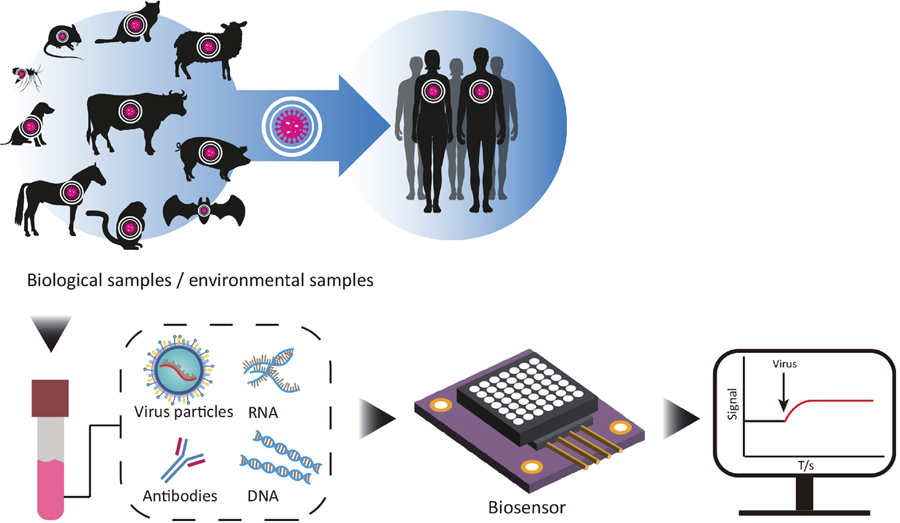[1] S D Judson, P M Rabinowitz. Zoonoses and global epidemics. Curr Opin Infect Dis, 34, 385(2021).
[6] The National Health Commission of PRC. China Health Statistics Yearbook 2019. Peking Union Medical College Press, 2020
[14] H G Davies, C Bowman, S P Luby. Cholera – management and prevention. J Infect, 74, S66(2017).
[18] N Bhalla, P Jolly, N Formisano et al. Introduction to biosensors. Essays Biochem, 60, 1(2016).




